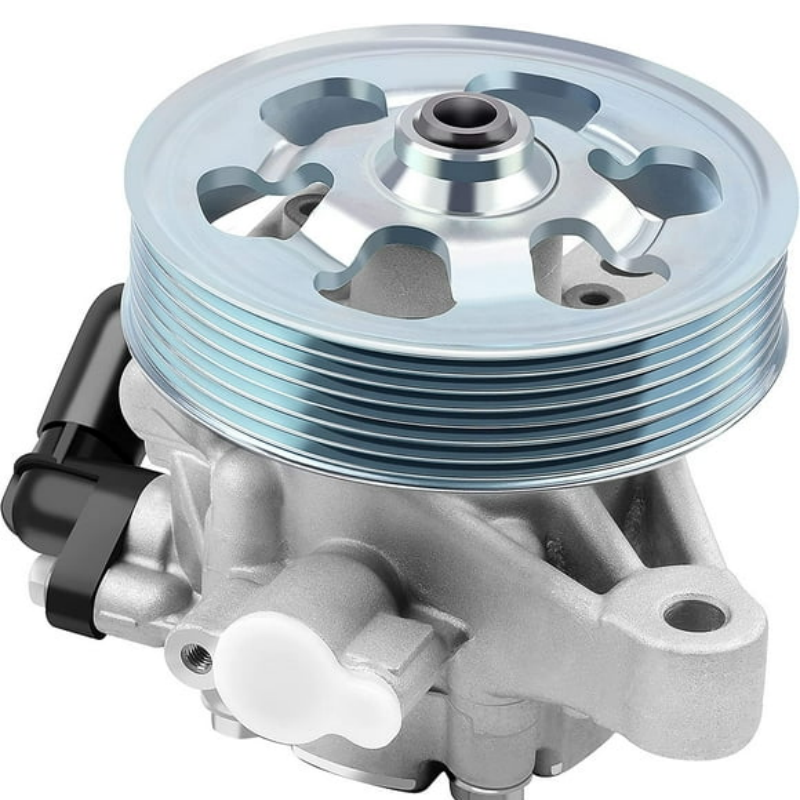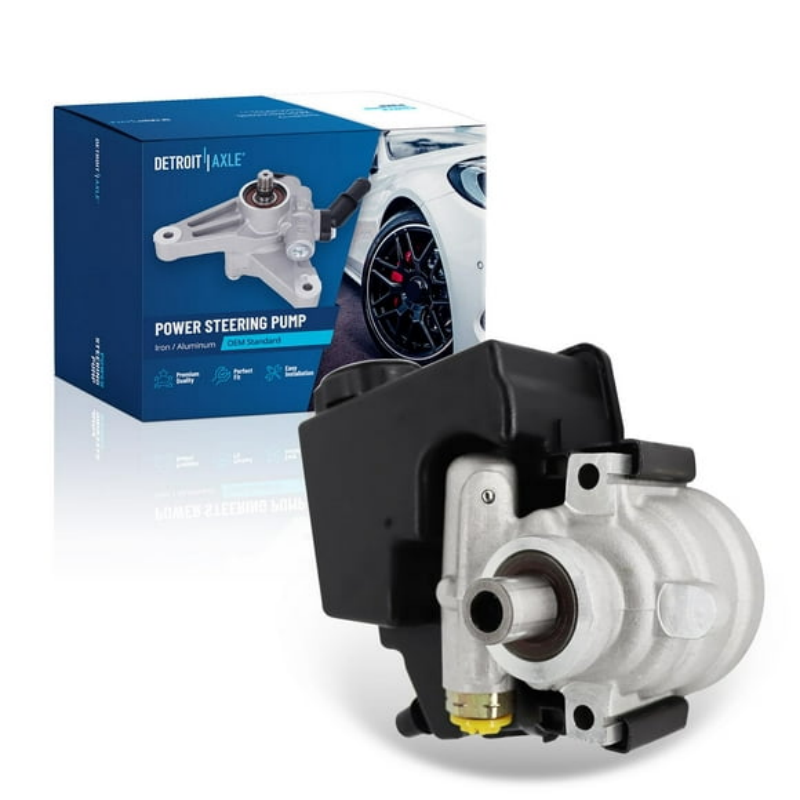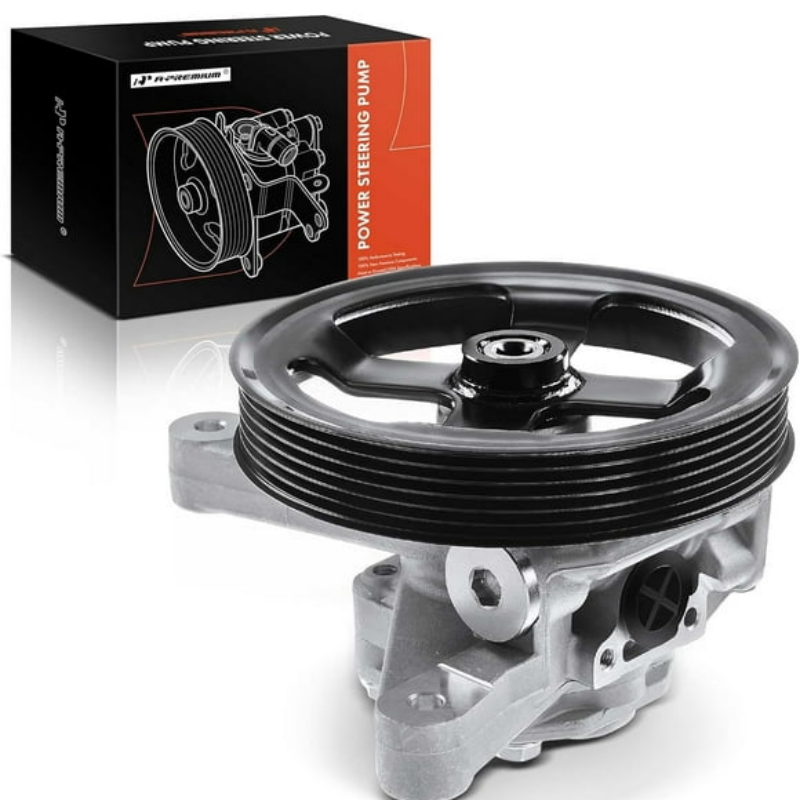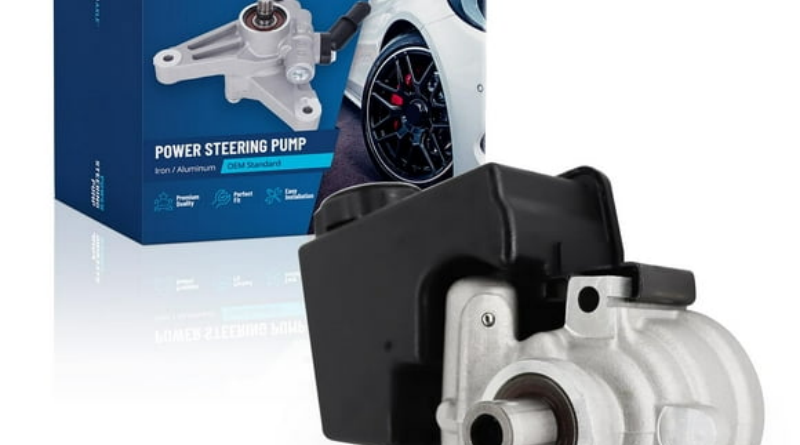2024 Ford Explorer Power Steering Fluid Location: A Guide
If you drive a 2024 Ford Explorer, understanding the components that contribute to its performance is crucial. Among these components is the power steering system, which enhances maneuverability and driving comfort. Regular maintenance, including checking the power steering fluid level, ensures that your vehicle operates efficiently. Knowing the precise location of the power steering fluid reservoir is vital for any Ford Explorer owner who wishes to maintain their vehicle properly. In this comprehensive guide, we will delve into the specifics of the 2024 Ford Explorer power steering fluid location, along with valuable tips on how to check and maintain the fluid levels, common issues that may arise with the system, and troubleshooting strategies to help you address potential problems. By the end of this article, you will be equipped to care for your Ford Explorer’s power steering system confidently.
Understanding the Power Steering System
To appreciate the importance of the power steering fluid, it’s beneficial to understand how the power steering system works within the 2024 Ford Explorer.
How Power Steering Works
The power steering system uses hydraulic fluid to assist the driver in steering the vehicle, making maneuvering easier, especially at lower speeds. While traditional steering systems rely solely on physical effort, power steering systems incorporate a pump powered by the engine to supply the necessary hydraulic pressure.
Components of the Power Steering System
The primary components of the power steering system in your Ford Explorer include:
- Power Steering Pump: This pump generates hydraulic pressure. As the engine runs, it powers this pump, which circulates the power steering fluid.
- Power Steering Fluid Reservoir: This container holds the power steering fluid required for the system to function. It is crucial to maintain adequate fluid levels for optimum performance.
- Steering Gear: The steering gear is where the hydraulic pressure from the fluid is converted into mechanical movement, assisting the driver in steering the vehicle.
- Hoses: High-pressure hoses connect the power steering pump to the steering gear, delivering fluid throughout the system.
Understanding how each component works together will help you comprehend the necessity of maintaining the power steering fluid.
Locating the Power Steering Fluid Reservoir
Knowing the location of the power steering fluid reservoir in your 2024 Ford Explorer is essential for regular maintenance. Here’s how you can find and access it.
General Location
For the 2024 Ford Explorer, the power steering fluid reservoir is typically located near the engine, on the driver’s side of the vehicle. It’s essential to open the hood and visually inspect the area for the reservoir.
Detailed Steps to Locate the Reservoir
- Park Safely: Begin by parking your vehicle on a level surface and ensuring it’s turned off. Allow the engine to cool down before proceeding.
- Open the Hood: Use the hood release lever inside the vehicle, then lift the hood and secure it in an upright position.
- Identify Engine Compartment Components: Familiarize yourself with the engine layout; look for various components, including the battery, engine cover, and other fluids.
- Locate the Reservoir: The power steering fluid reservoir will likely have a cap marked with a steering wheel symbol or labeled “power steering fluid.” It is generally a translucent container that allows you to see fluid levels.
- Check for Hoses: You may notice hoses connected to the reservoir that lead to the power steering pump. These hoses are crucial for fluid circulation.
Understanding where to find the power steering fluid reservoir enables you to perform regular checks and maintain the system efficiently.
Checking Power Steering Fluid Levels
Maintaining the power steering fluid at the appropriate level is critical for the optimal functioning of the steering system. Here’s how you can check the fluid level in your 2024 Ford Explorer:
Preparation for Checking
Before checking the power steering fluid level, ensure the vehicle has been turned off and the engine has cooled down.
Steps to Check Fluid Levels
- Remove the Cap: Gently twist and remove the power steering fluid reservoir cap. Be cautious to avoid allowing dirt or debris to enter the reservoir.
- Inspect the Fluid Level: Most reservoirs have indicator markings on the side. Check where the fluid level falls in relation to these marks. The fluid should be between the “MIN” and “MAX” lines.
- Check the Fluid Color and Consistency: Healthy power steering fluid is typically a clear, reddish, or pinkish hue. If the fluid appears dark, dirty, or gritty, it may need to be replaced.
- Reattach the Cap: After checking the fluid level, securely reattach the cap. Ensure it is tightened properly to prevent leaks.
By regularly checking your power steering fluid levels, you can gain insights into the system’s health and catch potential issues before they escalate.
Adding Power Steering Fluid
If you find that the power steering fluid level is low, you will need to add more fluid to maintain optimal performance. Here’s a step-by-step guide on how to properly add power steering fluid to your vehicle:
Gathering Supplies
Before adding fluid, ensure you have the correct type of power steering fluid. Check your owner’s manual for specifications. You’ll need:
- Power Steering Fluid: Consult the manufacturer’s recommendations for the correct type of fluid (standard, synthetic, etc.).
- Funnel: A small funnel can help prevent spills while pouring.
- Clean Cloth: To wipe any spills or residues.
Steps for Adding Fluid
- Open the Reservoir Cap: With the vehicle off and cooled down, remove the cap from the power steering fluid reservoir.
- Use the Funnel: Position the funnel over the reservoir opening to prevent spillage.
- Pour the Fluid: Slowly pour the power steering fluid into the reservoir until it reaches the proper level, indicated by the markings on the side of the reservoir.
- Avoid Overfilling: Ensure not to overfill the reservoir, as excess fluid can lead to leaks or other issues within the system.
- Replace the Cap: Securely tighten the reservoir cap after adding fluid to prevent any contamination or future leakage.
Clean Up
Wipe any spills with a clean cloth to maintain a tidy engine compartment. Excess fluid can damage vehicle components if left unattended.
By knowing how to add power steering fluid properly, you can ensure your 2024 Ford Explorer’s steering system remains in peak condition.
Troubleshooting Power Steering Issues
Even with regular maintenance, issues may arise within the power steering system. Recognizing the symptoms can help address problems early. Here are some common signs that may indicate power steering issues:
Unusual Noises
If you hear whining, squealing, or grinding noises while turning the steering wheel, it may indicate low fluid levels, a worn pump, or damage to the power steering system.
Stiff Steering Wheel
A steering wheel that becomes difficult to turn, especially at lower speeds, could mean low power steering fluid or a failing power steering pump.
Fluid Leaks
Puddles of reddish-brown fluid under your vehicle may indicate a power steering fluid leak. Inspect hoses and the reservoir for signs of damage or wear.
Warning Lights
Pay attention to dashboard warning lights, especially if a “Service Power Steering” message appears. This can indicate a problem within the hydraulic system that requires immediate attention.
Loss of Driving Comfort
If you feel a difference in handling or responsive steering, it might be time to inspect the power steering system for potential malfunctions.
Handling Performance Deterioration
If your vehicle drifts while driving straight, it can indicate an issue with alignment or problems within the power steering system.
By identifying these warning signs and troubles with the power steering system, you can take preventative measures to avoid more extensive repairs down the line.
Common Mistakes to Avoid
While maintaining your power steering system, some common mistakes can lead to unwanted issues. Here are pitfalls to avoid:
Using the Wrong Fluid
Always use the type of power steering fluid recommended by the manufacturer. Using the incorrect fluid can lead to suboptimal performance and damage.
Neglecting Routine Checks
Forgetting to check your power steering fluid levels regularly can result in low fluid, leading to potential pump failure. Create a maintenance schedule to remind you to inspect and top off fluid levels as needed.
Overfilling the Reservoir
Filling the reservoir beyond the “MAX” line can lead to more issues, including leaks and pressure buildup. Always respect manufacturer specifications.
Ignoring Oil Changes
Power steering fluid can become contaminated over time. Make sure to check and refresh fluid as part of your routine maintenance schedule, even if there are no apparent issues.
Delaying Repairs
If you notice any signs of trouble, such as odd noises or fluid leaks, don’t delay seeking assistance. Early intervention can prevent costly repairs and restore function.
DIY Repair Overcomplexity
If you attempt repairs beyond your skill level, it can lead to even more problems. Trust the professionals for intricate power steering repairs.
By avoiding these common mistakes, you can ensure the reliable performance of your power steering system.
Conclusion
Understanding the 2024 Ford Explorer power steering fluid location is essential for maintaining and optimizing your vehicle’s steering system. With the various components of the power steering system working in harmony, it is vital to ensure that everything operates smoothly and efficiently. By regularly checking, adding, and maintaining power steering fluid, you can help prolong the life of your steering system while ensuring a comfortable driving experience.
In addition to understanding how to locate and manage power steering fluid, staying informed about common signs of issues can help you address them promptly, thereby preventing more extensive repairs. By being proactive and avoiding common errors, you can keep your power steering system in excellent condition. This knowledge empowers car owners to make informed decisions for the long-term care of their vehicles.
Embracing routine checks and understanding your vehicle’s components fosters a deeper connection between you and your Ford Explorer. So, whether you’re embarking on a weekend road trip or simply commuting to work, be confident in the knowledge that your steering system is running at its best.
